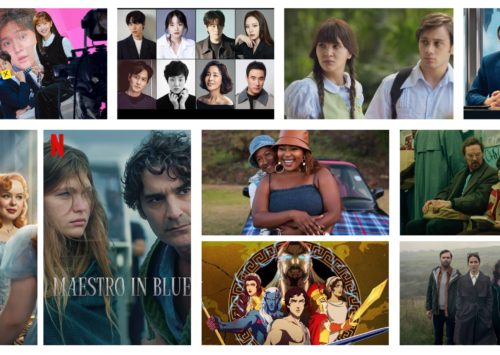World Teachers Day: Upgrade teachers’ status, says UNESCO DG
On the occasion of the World Teachers’ Day, a report published by United Nations Educational, Scientific and Cultural Organisation (UNESCO) says that there is a shortage of teachers worldwide and that 44 million teachers are still needed to achieve the goal of providing primary and secondary education for all by 2030 as has been mandated by the United Nations Sustainable Development Goals (UNSDGs).
In a press statement, UNESCO says that the problem is not only one of funding, but also the unattractiveness of the profession. Accordingly, UNESCO has made a series of recommendations to its Member States to improve the status of teachers.
“Teachers play a vital role in our societies, yet this profession is facing a major vocations crisis. Some regions of the world lack candidates. Other regions face a very high dropout rate during the first few years of work. In both cases, the answer is the same: we must better value, better train and better support teachers,” says Audrey Azoulay, UNESCO Director-General.
UNESCO says that in 2016, it had estimated the global teacher shortage at 69 million. It says that though the shortage has been reduced by a third in the past seven years, it is not enough to meet the global needs for education. UNESCO says that the region that has made the most progress is Southern Asia, where the shortfall has been halved since 2016, to an estimated shortage of 7.8 million teachers. In contrast, Sub-Saharan Africa has made little progress and alone accounts for 1 in 3 of the current global shortfall. In Europe and Northern America, despite low birth rates, the teacher shortage is the third largest of all world regions with 4.8 million additional teachers needed. In Latin America and the Caribbean, there is a shortage of 3.2 million.
Making the profession attractive to younger generations
UNESCO says it conducted research in order to better understand the reasons for this teacher shortage. An analysis of attrition data from 79 countries from different regions of the world and at different levels of development reveals that the teaching as a profession is too often unattractive. This results in failure to recruit young people to the profession and a clear increase in the dropout rate during their career.
In these 79 countries, the attrition rate, which measures the proportion of teachers who decide to leave the profession permanently, among primary school teachers almost doubled from 4.62 pc in 2015 to 9.06 pc in 2022. Situations vary considerably from one country to another, but three main factors stand out: poor working conditions, high levels of stress and low pay.
UNESCO says that a myriad of issues can place strain on working conditions, ranging from a lack of supplies which puts increased pressure on teachers’ workload, to burdensome administrative responsibilities and poor school leadership that can undermine teachers’ morale. Stress levels are also a problem as teachers who experience ‘a lot’ of stress at work are more than twice as likely to want to leave the profession, especially within the first five years.
Another factor is low salaries that also make the profession less attractive. UNESCO says that globally, only one in two countries pay primary school teachers as much or more than other professions requiring a similar qualifications level.
The phenomenon is amplified in Europe and North America, where there are only three countries out of 10. At the upper secondary level, many high-income countries pay teachers 75 pc or less than the salary paid in other comparable professions.
Male teachers generally leave the profession at higher rates than their female colleagues. Global male attrition rates in 2021 were 9.2 pc for primary teachers compared to female rate of 4.2 pc. This is particularly due to the fact that men often have more professional opportunities in other sectors and can change careers more easily and the gender biases, including beliefs concerning who should be responsible for children’s education.
Few countries report when teachers leave the profession over the course of their careers, but available data shows that early career teachers are more likely to leave the profession than their more experienced colleagues, which demonstrates that they need more support to cope with the workload.
UNESCO’s 7 recommendations
UNESCO says that given the systemic shortage of teachers, it has made recommended seven measures to make the teaching profession more attractive, to be adapted according to national situations and issues. First is to invest in improving initial teacher education and in continuing professional development programmes.
It also asks the governments to establish mentoring programmes that pair experienced teachers with newer ones and encourage peer collaboration and to ensure that teachers receive competitive salaries and benefits, particularly in relation to other professions requiring similar levels of qualifications, as well as opportunities for advancement.
The other recommendations by the UN body deal with streamlining administrative tasks and paperwork to allow teachers to focus more on teaching and less on bureaucracy and promotion of a healthy work-life balance by setting reasonable expectations for working hours and reducing unnecessary workload. It also calls for providing access to mental health and counselling services to help teachers cope with stress and emotional challenges and to promote strong and supportive school leadership that values teachers’ input, provides constructive feedback, and fosters a positive work environment.











